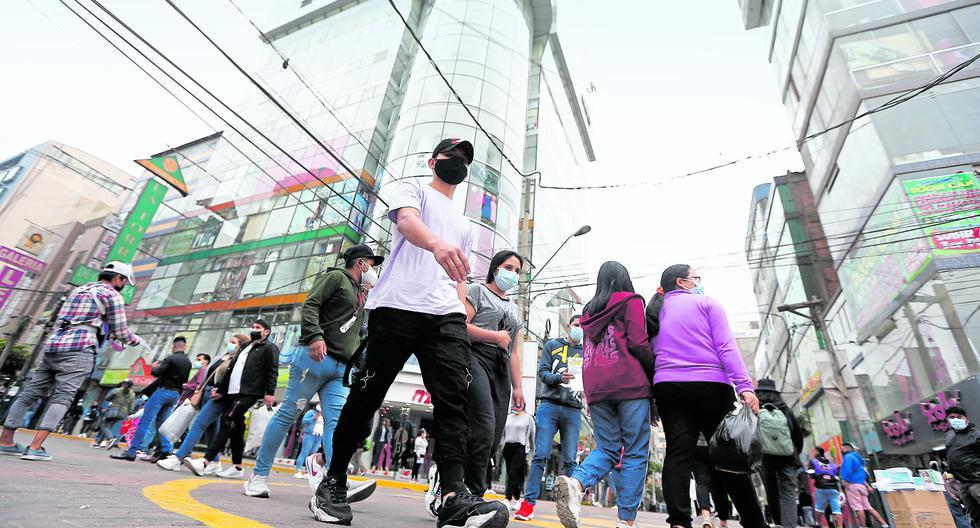The lack of private investment hampers the growth of the economy and reduces fiscal (public) revenues, said Hugo Perea, chief economist at BBVA Research, and therefore, Peru will have to take on more public debt in the following years.
Look: Learn about the elements of a credit card
He explained that in 2021 and 2022, tax revenues will grow and reduce the fiscal deficit (more expenditures than revenues) from 8.5% in 2020 to 3.5% and 3.9% of GDP in 2021 and 2022, respectively.
However, from now on, the fiscal deficit will reach 3.5% of GDP, which means that Peru will have to take on more debt to meet the country’s requirements.
Thus, it is estimated that the public debt of Peru will maintain an upward streak and will be equivalent to 42% of GDP or national production by 2026.
To prevent the fiscal deficit from rising “it will be necessary for the government to have higher incomes now, or to contain expenditures.”
Look: World Bank sees high risks for global inflation due to higher energy prices
Up and down
Berea reported that the BBVA revised Peru’s economic growth for 2021 and increased from 9.9% (in July) to 12.2% (in October).
This is because the economy has performed better than expected in the third quarter, and will also exceed expectations between October and December.
Meanwhile, it lowered its growth forecast for next year to 2.3%, which is insufficient to generate adequate jobs and reduce poverty, which in 2020 increased by 10 points.
The reason will be, primarily, a 9.7% drop in private investment, given the decline in business confidence due to the political environment.
Berea pointed out that the risk of continued political uncertainty in Peru is that it will lead to lower growth and inflation rates will remain high.
He said that the mining and hydrocarbons sector has not yet recovered from the pandemic level (2019), considering that they have a high investment demand.
He explained that inflation pressure will decrease, so that in the second half of 2022 it will return to the target range of the Central Reserve Bank (BCR), which is between 1% and 3%.

“Problem solver. Proud twitter specialist. Travel aficionado. Introvert. Coffee trailblazer. Professional zombie ninja. Extreme gamer.”





More Stories
Below is the schedule of pension payments as of July 2022. Find out what benefits you will get after the changes [17.07.2022]
Overview of the new electric sports cars for the Hyundai Ioniq 5 N and Ioniq 6 N
Portugal has launched a floating solar power plant. It is the largest structure of this type in Europe – Economy